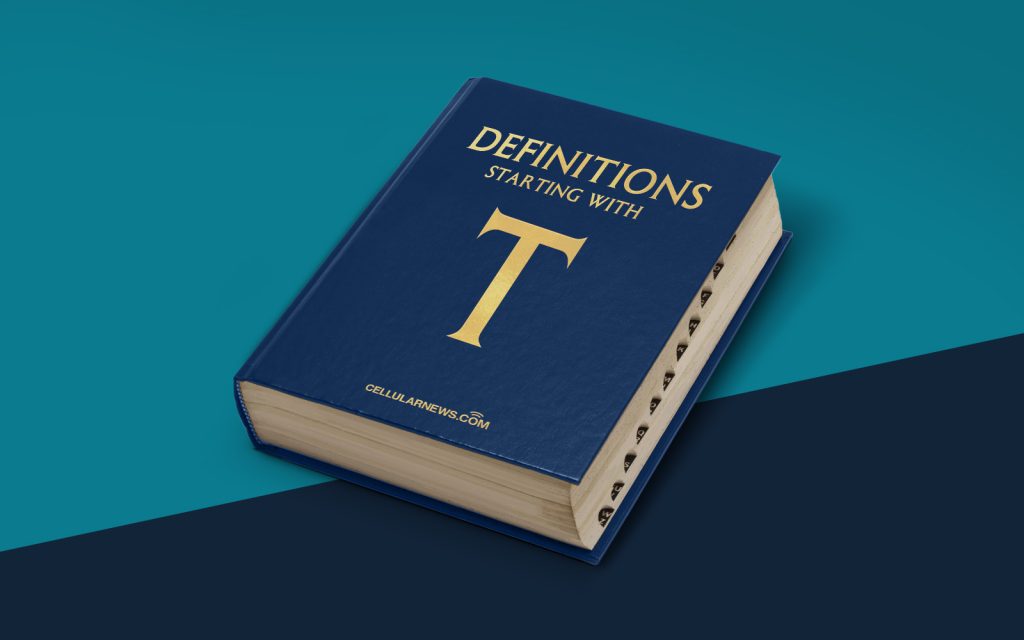
Understanding the Tebibyte (TiB): A Closer Look at Digital Storage
Gone are the days when “kilobyte” and “megabyte” were the most prominent units to measure digital storage. As technology advances, so does our need for larger and more precise units of measurement. A Tebibyte (TiB) is one such unit that has become increasingly relevant in the digital world. But what exactly is a Tebibyte, and how does it differ from other units of storage measurement?
Key Takeaways
- A Tebibyte, abbreviated as TiB, is a unit of digital storage equal to 2^40 bytes.
- It is larger than a Gigabyte (GB) and a Terabyte (TB), making it ideal for measuring massive amounts of data.
Understanding Bytes and Beyond
Before delving into the intricacies of a Tebibyte, let’s start by understanding the basics.
Bytes are the fundamental units of digital storage, and they serve as the building blocks for larger units of measurement. Here’s a breakdown of some common byte-based storage units:
- Kilobyte (KB): Equivalent to 2^10 bytes or 1,024 bytes. It’s commonly used to measure text-based data, such as documents and emails.
- Megabyte (MB): Equal to 2^20 bytes or 1,048,576 bytes. It’s often used to quantify media files like photos and songs.
- Gigabyte (GB): A unit of storage equal to 2^30 bytes or 1,073,741,824 bytes. It’s commonly used to measure the capacity of hard drives and other storage devices.
- Terabyte (TB): Equal to 2^40 bytes or 1,099,511,627,776 bytes. Terabytes are used to measure large-scale data storage, such as enterprise-level servers and cloud storage solutions.
The Emergence of the Tebibyte (TiB)
In the ever-expanding world of digital storage, the need for newer and larger units of measurement became evident. Enter the Tebibyte (TiB).
A Tebibyte is a binary unit of storage, closely related to the more commonly used Terabyte. The term “Tebi” is derived from the words “TEra” and “BIinary.” In other words, it signifies that a Tebibyte represents a specific numeric value in binary code.
While a Terabyte and a Tebibyte might seem interchangeable, there’s an important distinction between them. A Tebibyte is equal to 2^40 bytes, or 1,099,511,627,776 bytes, which is slightly larger than a Terabyte. This distinction arises from the difference between the base-10 system (used in decimal calculations) and the binary system (used in digital storage).
The introduction of the Tebibyte became necessary because the traditional storage units used decimal calculations, leading to rounding errors when converting to binary-based storage. With the Tebibyte, these discrepancies are eliminated, providing a more precise unit for measuring digital storage.
Why is the Tebibyte Important?
The Tebibyte (TiB) has become more relevant as our digital world continues to produce and consume massive amounts of data. Here are a few key reasons why the Tebibyte is an important unit of measurement:
- Accuracy: With the emergence of large-scale data storage and transmission, accuracy in measuring digital storage is essential. The Tebibyte provides a more precise unit of measurement, ensuring accuracy when dealing with vast amounts of data.
- Standardization: As technology advances, standardization becomes crucial. The inclusion of the Tebibyte creates a consistent and standardized unit that can be universally understood and adopted.
So, whether you’re managing a data center, working with cloud-based solutions, or simply trying to quantify your personal digital collection, understanding and utilizing the Tebibyte (TiB) will undoubtedly prove beneficial.
In conclusion, the Tebibyte (TiB) is a valuable unit of measurement for accurately quantifying the massive amounts of data we produce and consume in our digital world. With its precision and standardization, the Tebibyte plays a crucial role in ensuring accurate and consistent measurement of digital storage.
